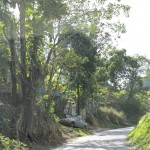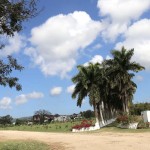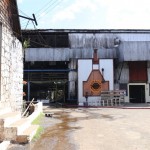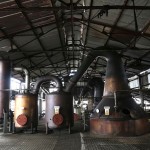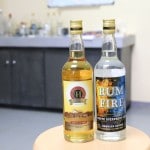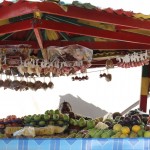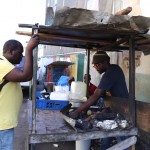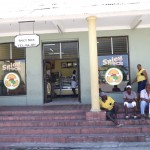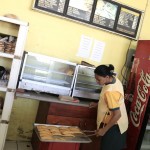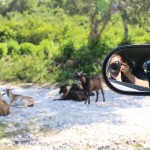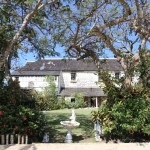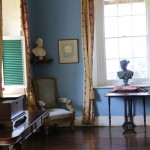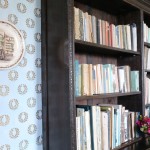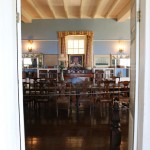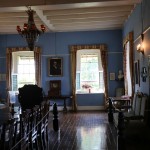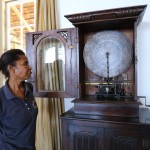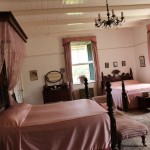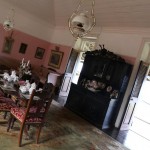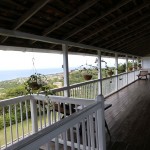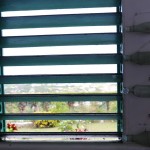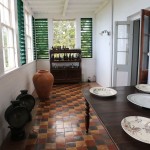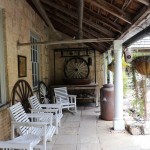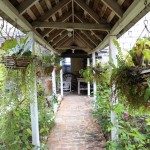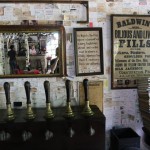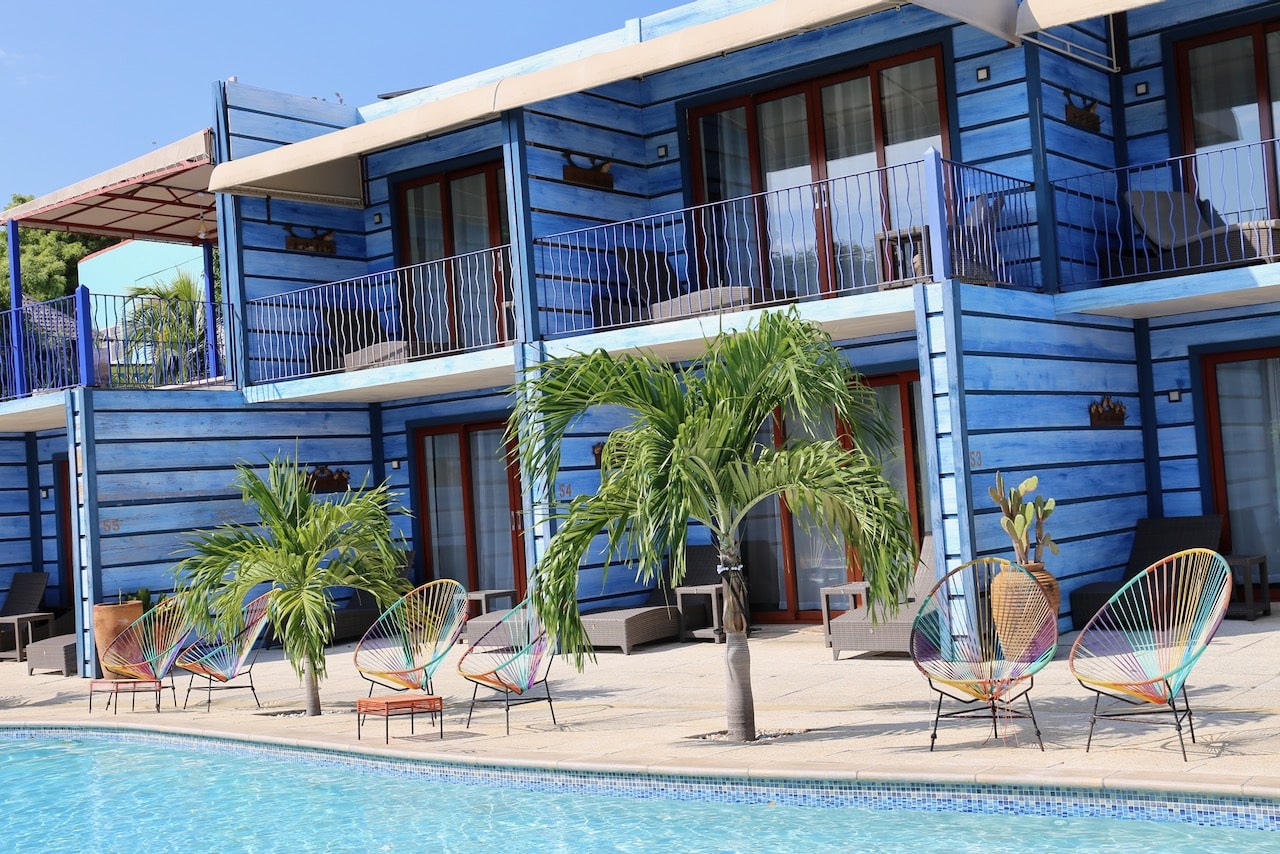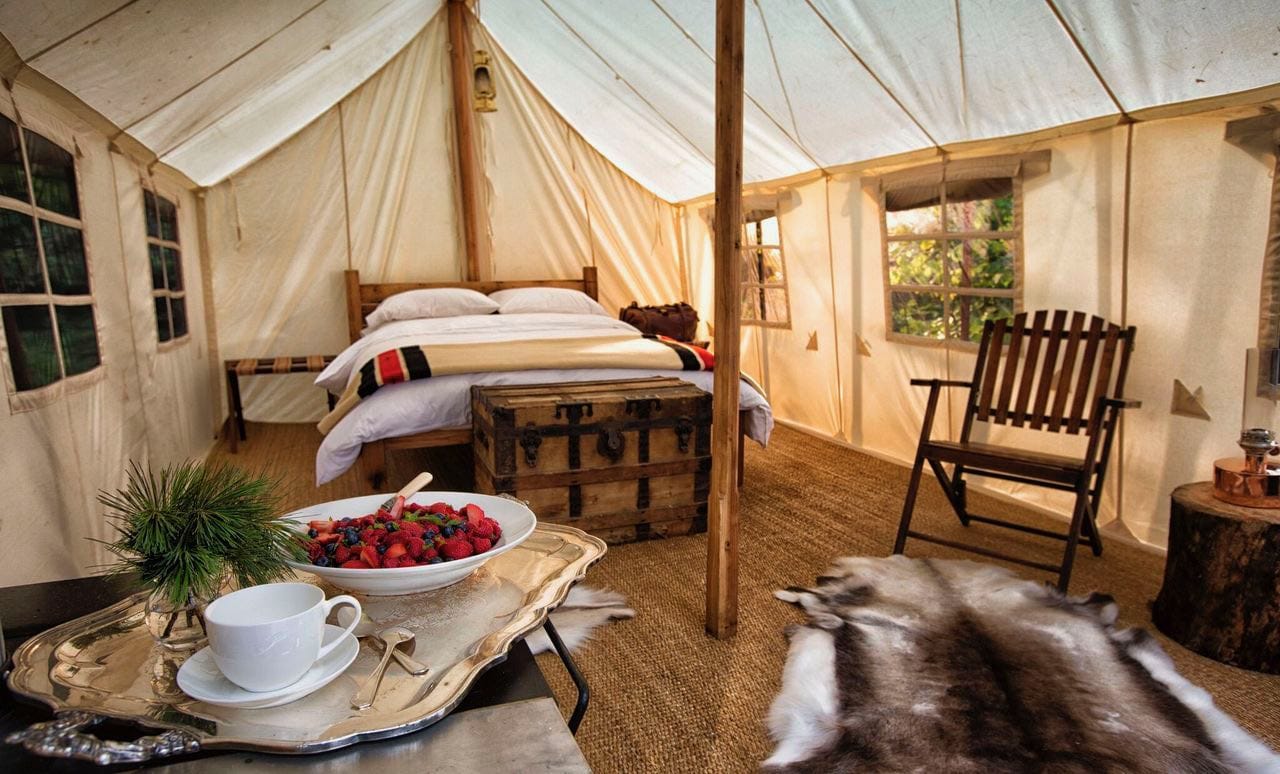Jamaica’s second-largest city, the seaside settlement of Montego Bay is one of the islands premier tourist hotspots. Planeloads of foreigners flood in every day, seduced by a heavily marketed Caribbean dream featuring swaying palms, moody reggae and thirst quenching cocktails at sunset.
On my first visit to Jamaica I would stay in the heart of tourist town, Gloucester Avenue’s Hip Strip. I arrived in the dark of night with a smug mug feeling so carefree, surrounded in the warmth Canadian’s crave each February. After a rather emotionally debilitating grey and frigid cold Toronto winter my arrival felt as though it had been doctor prescribed. Before I dozed off to bed I couldn’t help but appreciate an authentic Jamaica: Bob Marley blasted outside of a local bar across the street and a seducing waft of Jerk BBQ aroma wafted from the Pork Pit below.
The majority of visitors to MoBay (as the city is affectionately referred to by locals) spend their vacations loitering in luxury at All Inclusive Resorts where they rarely have the opportunity to interact with locals and discover what I like to call “Jamaican Realness.” I wanted to leave Jamaica with memories which had adventured beyond the umbrella adorned Pina Colada.
I had the opportunity to spend my first day enjoying a road trip where I discovered a handful of historical Jamaican gems. I hopped in a zippy Nissan and enthusiastically shook the hand of Tristan, my 24 year old driver who would act as my Jamaican Spirit Guide.
He drove us out of the hustle and bustle of the city and onto the islands rural backstreets. I would quickly learn that he grew up in rural Jamaica to a family of yam and banana farmers and had a passion for DJ’ing classic Reggae rhythms. We blasted his favourite Caribbean inspired beats while swerving along pothole filled rural roads. Lush jungle reached out for the sky while humble pastel coloured homes sat perched on rolling hills.
I knew we were approaching our first stop of the morning when we passed a lush sugar cane plantation where a team of twenty-or-so farmers carrying massive machete smiled and waved back at us as we jolted along gravel road. Hampden Estate Rum Distillery is the only distillery in Jamaica that specializes exclusively in the making of Heavy Pot Still rums. The factory is a marvel to behold, an ancient industrial rum castle which smells of sweet molasses.
Surveyed in 1743, Hampden operated as a large sugar plantation under the ownership of Mr. Archibald Sterling of Scotland. In 1779 he built the Hampden Great House of which the ground floor served as a rum store until the early 1900s. During World War I, Hampden constructed the Hampden Wharf in Falmouth for shipment of its sugar and rums which is today a major entry port for “The Oasis of the Seas” the worlds largest cruise ship. The estate which is set within the famed “Queen of Spain Valley” consists of approximately 3500 acres.
Hampden’s Marketing Executive Paul Harris greeted me at the front gate with a hard hat and spent the next hour walking me through the heritage complex where Jamaica’s only craft rum is still produced today with meticulous care. The distilling process here is a unique small batch approach where natural yeast ferments bubbling open-air barrels, creating a world class distinctly Jamaican rum.
Hopping back in the car we swerved onto the highway and drove to the historic town of Falmouth the capital of parish Trelawny. Though it’s best known today for both its magnificent yams and as the home of world record sprinter Usain Bolt, Trelawny’s history is dominated by the plantation era. At the height of the plantocracy there were 88 sugar estates here worked by tens of thousands of slaves. Falmouth became the main port of call for sugar ships: slaves were traded and goods unloaded, while planters built elegant houses and a cage where the market now stands, used for locking up drunken sailors found in the streets later than the 6pm curfew. Though slavery ended within fifty years of the town being declared parish capital in 1790, Falmouth’s natural harbour ensured Trelawny’s prosperity.
Falmouth Heritage Walks offers curious visitors excellent tours around town led by knowledgeable local guides. I met with the organization’s Director Marina Delfos who took me on a whirlwind tour of town. We strolled through Falmouth’s 200 year old streets and admired late 18th and early 19th century Jamaican Georgian architecture as well as cut-stone national monuments including Falmouth Court House and St. Peter’s Anglican Parish Church. Along Falmouth’s Market Street local vendors sell fresh tropical fruit and smoky roasted yams to hungry passers by. Lunch would include my first authentic Jamaican Patty experience at cheap and cheerful Spicy Nice. I ordered a beef and chicken filled pastry which paired perfectly with the uber-sweet orange flavoured local soda Bigga.
After brushing my shirt free of patty pastry flakes we bid Marina adieu and turned back onto the main road in search of the days final adventure. Just a few miles down the road, up a winding hilltop where Jamaica’s most famed sugar plantation home sits perched overlooking the Caribbean Sea.
The classy stonework of Greenwood Great House has been deservedly declared a National Heritage site. Surrounded by luscious gardens, the house retains most of its original contents as well as a wonderfully listless, frozen-in-time eighteenth-century ambience. Built in 1790 by relatives of the Barrett family, the house contains the owners’ original library and eclectic collection of ancient musical instruments, a court jester’s chair and custom made Wedgwood china. The Barretts seventy-foot verandah commands a panorama of the sea unbroken by land. Though the Barretts owned 84,000 acres, worked by some 2000 Africans, there’s little information on the less savoury realities of the plantation era other than a cursory reference to a man trap used to catch runaways. The tour finishes at a quirky bar in the original kitchen where you can sit and enjoy an iced cold Red Stripe before hopping back onto the highway.
We rolled down our windows bound for MoBay. The hot afternoon heat whipped through my hair as I closed my eyes and let out a deep sigh. I asked Tristan if he enjoyed our Jamaican history lesson that day and he responded with a relaxed, “ya mon.” I waved salut and offered my many thanks after he dropped me along the Hip Strip. He shouted “rispect,” moments before rolling away bound for the beach. Jahbless.

